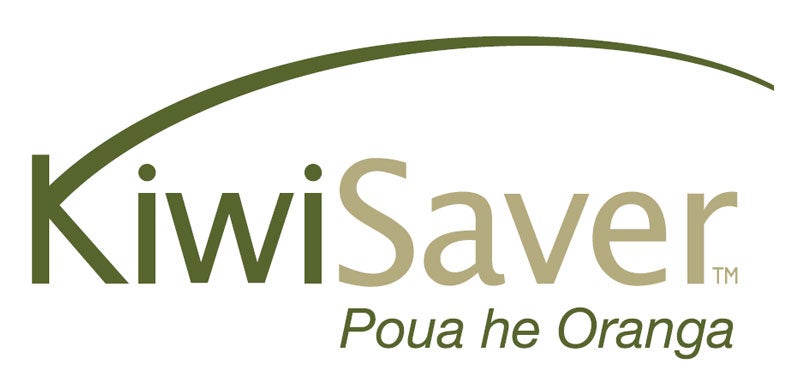Choosing the right KiwiSaver provider and fund can be a daunting task. There are 29 KiwiSaver providers, including six default providers, and over 300 different funds, offering a wide range of investment options and different levels of risk.
When choosing the right scheme and provider to meet your investment profile, you should always take into consideration returns and fees. But is it a good idea simply opting for the cheapest, low-fee KiwiSaver, or one that offers the best track record of high returns?
→ Related article: New Zealand’s Top 10 KiwiSaver Schemes
Low-fee KiwiSaver or high returns?
Below you can see two snapshots of the providers on Canstar’s extensive KiwiSaver database. The first lists the KiwiSaver Growth Funds with the highest 5-year returns, and the one below lists the Growth Funds with the lowest annual fees.
KiwiSaver Highest Returns
The comparison table below displays some of the products currently available on Canstar’s database for a KiwiSaver member with a balance of $20,000 in a Growth fund, sorted by past 5-year return (highest to lowest), followed by company name (alphabetical) – some may have links to providers’ websites. Use Canstar’s superannuation comparison selector to view a wider range of super funds. Canstar may earn a fee for referrals.
Low-fee KiwiSaver or high returns?
KiwiSaver Lowest Fees
The comparison table below displays some of the products currently available on Canstar’s database for a KiwiSaver member with a balance of $20,000 in a Growth fund, sorted by total annual fee (lowest to highest), followed by company name (alphabetical) – some may have links to providers’ websites. Use Canstar’s superannuation comparison selector to view a wider range of super funds. Canstar may earn a fee for referrals.

Low-fee KiwiSaver or high returns? Active vs passive
As you can see, the funds with the highest returns tend to charge higher fees. But some low-fee growth funds still boast 5-year returns on a par with high-fee funds. So why is this?
A lot of the difference in fees comes down to whether a fund is actively or passively managed.
All fund managers judge their performance against market averages, or indexes, for example the Dow Jones Industrial Average, or the NZX 50. These represent a hypothetical portfolio of investments that provide an average picture of a market’s health: whether it’s going up or down, even if individual shares are tracking in the opposite direction.
Passive fund managers use computer software to buy shares that reflect the make-up of these indexes. By tracking an index and buying and selling corresponding shares automatically, they expect to match their chosen index’s (it is hoped) ever-upward trajectory.
However the crux is that because passive investment is designed to only track the market, it’s never going to outperform the market. And if the market slumps, a passively managed fund will follow the same path.
Active fund managers, on the other hand, engage in research and analysis. They make educated choices: buying undervalued investments before they increase in price, or selling an overvalued investment before its price drops, in an attempt to beat the market.
They buy and sell proactively and aim to make returns above indexed averages, whichever way the market is headed. But as actively managed funds require a lot more human input, they usually come with higher fees. Plus, of course, they can also make wrong decisions and lose their investors’ money regardless of the way the market is tracking.
→ Learn more: Active Investing vs Passive: What it Means for your KiwiSaver
What this reveals is that when looking at KiwiSaver funds and providers, past 5-year returns after fees is a more important factor to consider than just fees alone. In fact, when looking at the best KiwiSaver providers, it’s prudent to consider a whole range of factors.
And this is what Canstar’s expert research team does when it awards KiwiSaver providers our prestigious awards and star ratings. Using a sophisticated and unique ratings methodology, our team delves deep and compares the costs, features and performance of KiwiSaver funds. And, importantly, we don’t just look at short-term results.
KiwiSaver is intended as a long-term investment. And our research reflects this, rewarding providers for their average returns over the past five years. For our awards, each of the eligible KiwiSaver funds is rated across three main categories:
Performance
Most importantly, this covers annual returns, but it also looks at consistency of performance. This means how returns fluctuate year to year – whether they are consistent or vary wildly.
Features
Features include: the range of investment options offered by a KiwiSaver provider, the financial advice, tools and support provided, and ease of member access.
Price
Annual cost to members, including fees and total fund charges.
Compare KiwiSaver Providers with Canstar
If you’re looking for the best KiwiSaver, don’t just focus on fees and charges. Do your research, compare providers and look for the provider that best matches your appetite for risk and your long-term goals.
For example, the comparison table below displays some of the products currently available on Canstar’s database for a KiwiSaver member with a balance of $50,000 in an Aggressive fund, sorted by Star Rating (highest to lowest), followed by company name (alphabetical) – some products may have links to providers’ websites. Use Canstar’s KiwiSaver comparison selector to view a wider range of super funds. Canstar may earn a fee for referrals.
If you want to read more about our latest KiwiSaver Awards, click on the button below.
Compare KiwiSaver providers for free with Canstar!
About the author of this page
 This report was written by Canstar’s Editor, Bruce Pitchers. Bruce began his career writing about pop culture, and spent a decade in sports journalism. More recently, he’s applied his editing and writing skills to the world of finance and property. Prior to Canstar, he worked as a freelancer, including for The Australian Financial Review, the NZ Financial Markets Authority, and for real estate companies on both sides of the Tasman.
This report was written by Canstar’s Editor, Bruce Pitchers. Bruce began his career writing about pop culture, and spent a decade in sports journalism. More recently, he’s applied his editing and writing skills to the world of finance and property. Prior to Canstar, he worked as a freelancer, including for The Australian Financial Review, the NZ Financial Markets Authority, and for real estate companies on both sides of the Tasman.
Enjoy reading this article?
Sign up to receive more news like this straight to your inbox.
By subscribing you agree to the Canstar Privacy Policy





Share this article